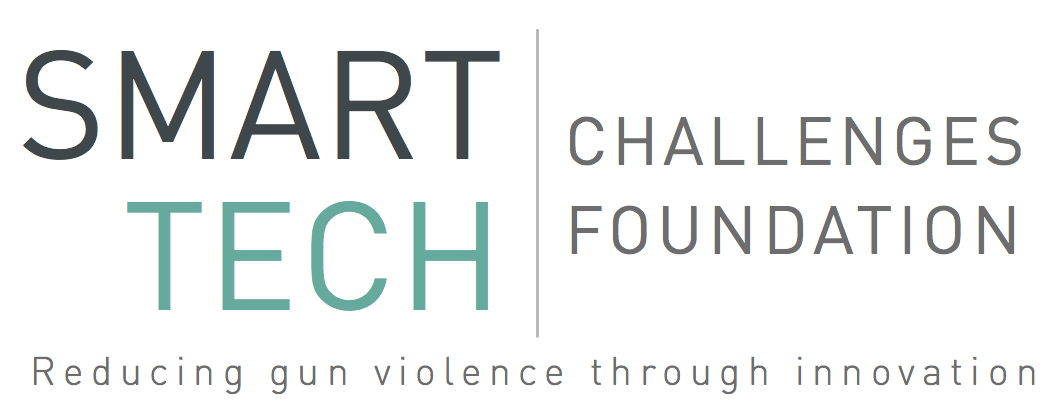These are the weapons that could prevent gun violence
Foundation President Margot Hirsch drafted this blog post for The Washington Post’s “In Theory” blog
In light of the recent San Bernardino, Calif., massacre, two things are certain: Politicians will call for stricter federal gun control laws and gun sales will spike. Gun stores in San Bernardino County are already seeing a rush of customers who want to secure their Second Amendment rights while they know that they can.
But our country’s legislative track record shows that even nationally publicized acts of gun violence do not lead to the enactment of new firearms legislation. If the tragedy at Connecticut’s Sandy Hook Elementary School, in which 26 innocent lives were taken, was not sufficient to spur legislation effective at preventing gun violence, it’s unlikely that San Bernardino will have any greater impact. Solutions on gun violence won’t come from Washington anytime soon.
That’s why we need to go a completely different route when it comes to beginning to solve the U.S. gun violence problem: empowering gun owners to make safer choices about the weapons they buy and own.
“Smart guns” have made headlines for the cutting-edge safety and authentication features they boast over traditional gun locks. These guns and accessories are designed to fire only for authorized users and to remain locked and secured against anyone not authorized to access the weapon. Smart firearms provide the security of a traditional safe or gun lock, but with the mobility and instant access that gun owners require for their home defense weapons. While smart guns may seem futuristic to consumers when compared with conventional firearms, they are meant to accomplish the same goal as the weapons we currently own: to make us all more safe and secure. It will be gun owners themselves who will decide which smart guns will realize that potential, by voting with their wallets on which technologies to purchase.
Since the 1990s, when smart guns were first developed, smart tech innovators have embodied the spirit of creativity and entrepreneurship. Eighteen-year-old Kai Kloepfer, whose fingerprint-sensor handgun will fire only for authorized users, and Jonathan Mossberg, whose iGun remains locked and secured until activated by a unique token, show that while gun-related deaths can’t be prevented by any single solution, there is almost no problem that can’t be addressed by American ingenuity.
Firearm safety is a critical component of responsible gun ownership, but even with proper training and safe storage procedures, gun accidents, injuries and deaths still occur. While smart-gun technology will not address all gun-related tragedies, it could help prevent those occurrences of gun violence stemming from unauthorized gun users — adults with stolen guns, those with mental-health issues or even children.
It will take work to disrupt an industry so entrenched in tradition, and innovators are figuring out how to make the products gun owners actually want to buy. They are working now to make maintenance requirements — like power source management for electrical components — easy and fail-proof, so that a firearm functions dependably when the owner needs it most. These are hard problems that require real persistence to successfully solve, and the technology is still developing to meet those demands.
We hope that with time and investment, there will be many competing smart products on the market to suit the needs of every type of firearm owner. But we can imagine a nation with fewer firearms suicides, fewer accidental shootings, fewer stolen guns and fewer gun crimes. Innovation can be a path to safer firearms, and gun owners may be our best hope in reducing gun violence.
